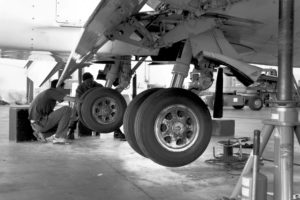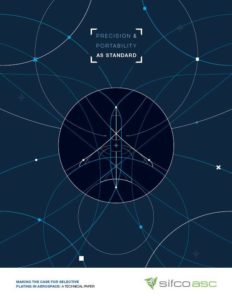Disassembly vs. In-situ Repairs
Equipment for surface finishing tends to have a large footprint, and demands its own specialist facilities including ventilated surroundings or EPA approval. In most cases, parts and components have to be removed to be delivered to the site and often incurs transportation costs. Once at a sub-contract plating company or repair facility extensive masking may also be necessary, all adding time to the process. But, selective plating can be applied direct to the component in situ, without the need for extensive masking. It is also suitable for a wider variety of geometries and sizes, including inside diameters as small as 1/4″.
Deposition Rate
Selective plating has a faster deposition rate per hour (0.015″) compared with tank plating (0.001″), meaning plating can be up to 60 times faster. These and other factors mean lead times for the SIFCO Process® are shorter – greatly accelerating turnaround times without compromising quality.
Chemical Quantities on Hand
Importantly, tank plating requires large quantities of potentially harmful chemicals which generate hazardous waste. Which is not a consideration with the SIFCO Process®. SIFCO ASC has developed a suite of ultra‑portable solutions which includes a Cadmium Travel Kit which can be carried by hand. Designed specifically for the aerospace industry and ideally suited for aircraft on ground (AOG) operations, it offers a practical and cost‑effective option for repairing and enhancing the surfaces of components.
Prime Approvals
The aerospace industry was one of the first to widely accept and approve selective plating to restore worn and corroded metal components, and it is approved worldwide by most major airlines and landing gear and engine manufacturers. It is also specified in overhaul manuals and standard practice manuals. Today SIFCO ASC stands as a leading provider in the sector.
To learn more about how the SIFCO Process is improving the aerospace industry, download our whitepaper.

 Chinese (Simplified)
Chinese (Simplified)  English (UK)
English (UK)  French
French  German
German  Spanish
Spanish  Swedish
Swedish 

